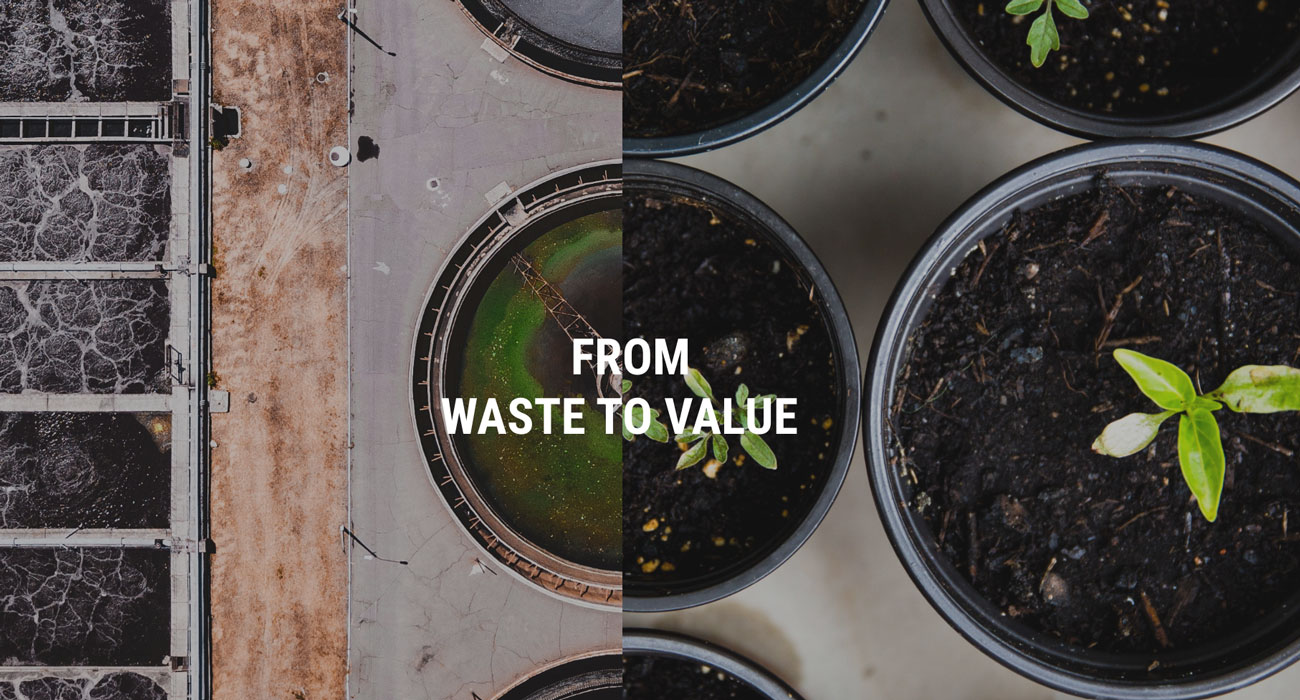In the ever-evolving landscape of waste management, the tire recycling industry stands at the forefront of innovation, with tyre pyrolysis plants emerging as key players in the pursuit of a circular economy. The convergence of environmental responsibility and technological prowess finds its synergy in the profound impact of pyrolysis on tire recycling.
Understanding Tyre Pyrolysis Technology
At its core, a tyre pyrolysis plant is a sophisticated apparatus designed to thermally decompose used tires into valuable by-products, ranging from pyrolytic oil and gas to carbon black. This cutting-edge technology epitomizes the essence of circularity, transforming discarded tires, traditionally seen as environmental liabilities, into valuable resources.
The Pyrolytic Process Unveiled
The intricate dance of chemistry within a tyre pyrolysis plant begins with the introduction of used tires into a high-temperature environment devoid of oxygen. This absence of oxygen prevents combustion, directing the process toward pyrolysis—a thermochemical decomposition that breaks down complex tire polymers.
In the crucible of heat, tires undergo a metamorphic transformation. Long hydrocarbon chains buckle under the intense temperature, yielding pyrolytic oil, a versatile liquid fuel akin to crude oil. Simultaneously, the plant captures combustible gases—rich in hydrogen and hydrocarbons—offering yet another dimension to the spectrum of recoverable energy.
Meanwhile, the resilient carbon black emerges as a solid residue, presenting an opportunity for diverse applications, ranging from reinforcing materials in manufacturing to sustainable construction practices.
Circular Economy Nexus: Tyre Pyrolysis as a Catalyst
Resource Recovery Redefined
The significance of tyre pyrolysis plants extends beyond mere waste disposal; it’s a paradigm shift in the way we perceive and manage resources. By unlocking the latent energy embedded in discarded tires, these plants play a pivotal role in minimizing reliance on finite fossil fuels, aligning seamlessly with the principles of a circular economy.
The recovered pyrolytic oil, a liquid gold of sorts, finds application in various industrial processes, including heating, electricity generation, and even as a feedstock for the production of chemical compounds. This multifaceted utility not only diversifies the energy matrix but also mitigates the environmental impact associated with conventional fuel sources.
Carbon Black: A Sustainable Commodity
Traditionally, carbon black has been a staple in tire manufacturing, prized for its reinforcing properties. However, tyre pyrolysis plants elevate carbon black from a single-use material to a sustainable commodity. The carbon black derived from pyrolysis exhibits comparable quality, making it an eco-friendly alternative for a spectrum of applications.
 From reinforcing rubber products to serving as a pigment in inks and paints, the reimagined role of carbon black resonates with the ethos of circular economies. The realization of a closed-loop system, where one industry’s waste becomes another’s resource, marks a triumph in sustainability.
From reinforcing rubber products to serving as a pigment in inks and paints, the reimagined role of carbon black resonates with the ethos of circular economies. The realization of a closed-loop system, where one industry’s waste becomes another’s resource, marks a triumph in sustainability.
Challenges and Triumphs in Tyre Pyrolysis
Technical Nuances
While the promise of tyre pyrolysis plant is undeniably profound, technical nuances pose challenges. The heterogeneity of tire composition, varying from radial to bias-ply constructions, demands adaptable technologies. Ensuring optimal yield across this spectrum requires continual advancements in pyrolysis plant design and process optimization.
Regulatory Landscape
The adoption of pyrolysis technology necessitates a supportive regulatory framework that addresses environmental concerns and ensures the safe operation of these plants. Striking a balance between innovation and regulation becomes imperative to foster the widespread integration of tyre pyrolysis plants into mainstream waste management practices.
Conclusion: Paving the Path to Sustainability
In the tire recycling industry, the advent of tyre pyrolysis plants stands as a testament to the dynamic interplay between technology and environmental stewardship. As we navigate the intricate web of challenges and triumphs, one thing remains clear—the transformative potential of pyrolysis in shaping a circular economy where waste is not a burden but a stepping stone towards sustainable resource management. It’s a journey where discarded tires cease to be an endpoint and, instead, become a catalyst for a greener, more resilient future.


Comments
No comments yet. Be the first to react!